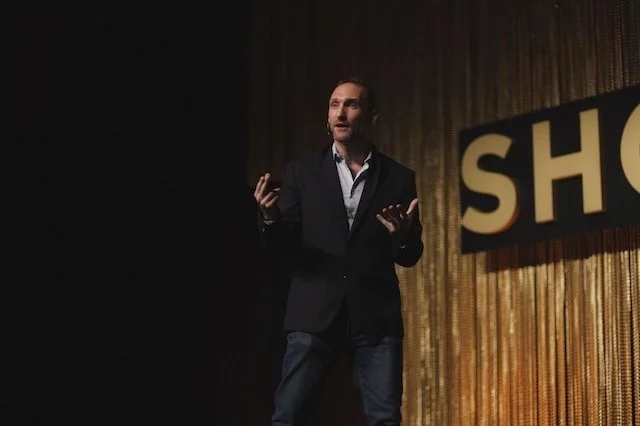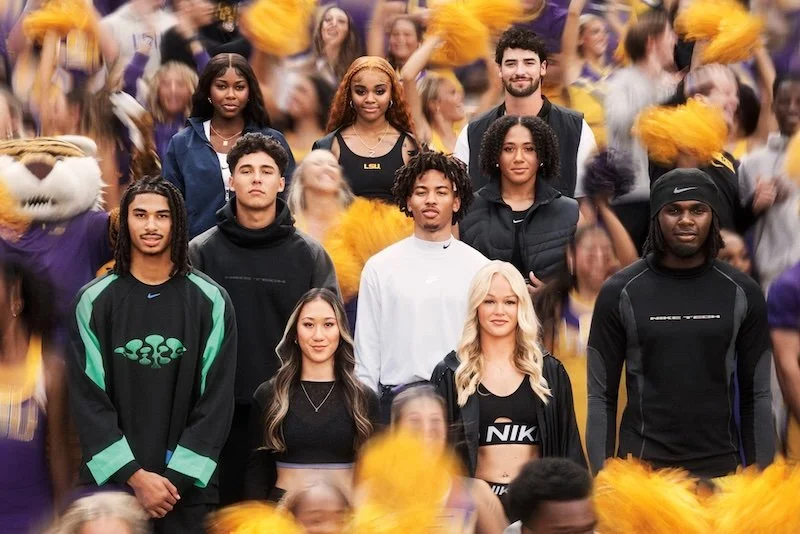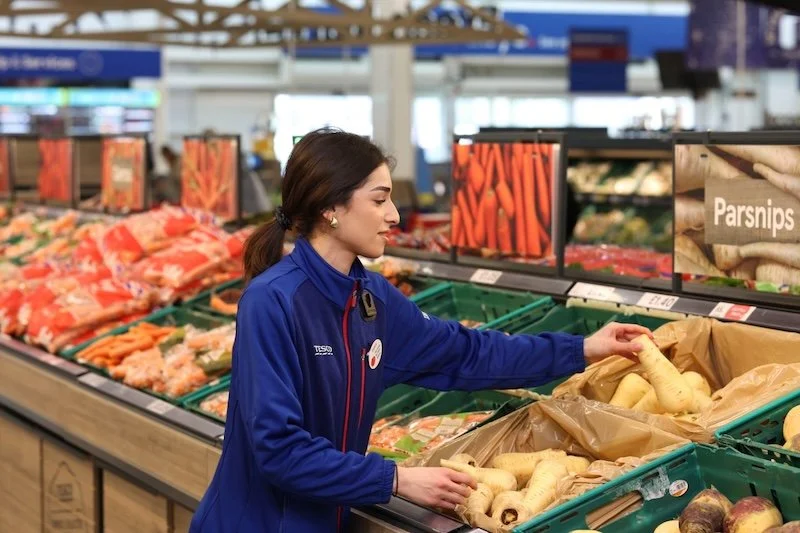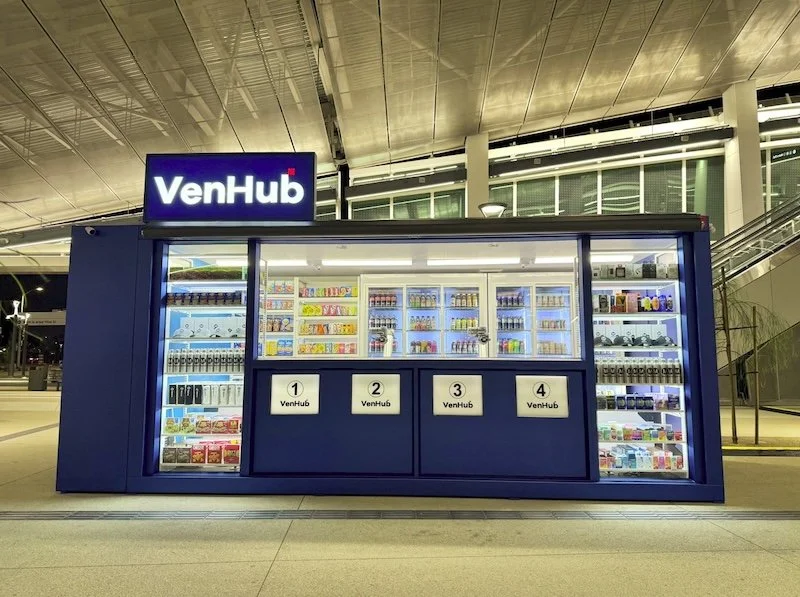Retail tech influencer Christine Russo gets lowdown on Placer.ai from CMO Ethan Chernofsky
Christine Russo, our US correspondent, recently sat down with Ethan Chernofsky, CMO at Placer.ai. In their discussion they talked about the evolution of location intelligence and what’s next.
Placer.ai data is often cited by the likes of CNBC, the US-based business channel for retail reporting. So who are they exactly? The company captures anonymised, aggregated mobile device data to estimate real-world footfall.
With its privacy centric approach, the company has emerged as a leader in location intelligence, allowing businesses across retail, consumer packaged goods (CPG), advertising, and commercial real estate to understand consumer behaviour and make more informed decisions. The following conversation highlights the breadth of use cases and offers insight into the company’s trajectory and vision for the future.
CR: For readers unfamiliar with Placer.ai, what is the company and what does location intelligence really mean?
EC: We’re a location intelligence company. We like to say people vote with their feet, and we show you how they vote. Basically, we observe anonymised, aggregated data from tens of millions of mobile devices and use machine learning to provide visit data and insights.
It is all done in a privacy safe way. That means we can tell, for example, if visits are up or down at a particular retailer, or if a limited time promotion is spiking footfall. Essentially, we can answer any question about offline consumer behaviour.
CR: How are companies using these insights? Can you walk us through some examples?
EC: Absolutely. Commercial real estate players use our data to support leasing decisions, highlighting strong footfall, desirable demographics, and complementary co-tenants. Retailers use it to make more informed location and merchandising decisions.
They also track seasonality, weather impact, and return-to-office patterns to refine store strategies. CPG companies use the data to understand where their target audiences shop and which regions over-index for specific health or lifestyle preferences. We are also seeing advertisers use Placer.ai to measure campaign impact, down to footfall uplift by region or store.
Let's think about advertising as a use case. Businesses are trying to figure out where the audiences they want to target are shopping. Where else are they going? How do I convince them? Leaders are asking: How do I come up with something compelling? How do I prove impact? How do I prove incremental lift?
Different spaces we operate within have multiple different users who are all asking very different questions. With that center point being, how do I understand how consumers are behaving offline? Even unexpected sectors are tapping into this.
A major CPG brand, for example, correlated demand for laundry detergent with gym and office return rates, using our insights to fine-tune supply chain distribution. The takeaway here is that location intelligence is not just about traffic counts. It is about unlocking behaviour patterns and connecting them to broader business goals.
CR: So then you have effectively replaced the old school clicker method?
EC: A clicker tells you that someone walked through the door. Our system offers much more context. We can show who they likely are demographically, where they came from, what else they visited, and how long they stayed. That is a huge shift in granularity and business value.
Early on, some people resisted. There was a strong reliance on gut instinct in real estate. We never wanted to replace intuition. We wanted to augment it. Instinct is valuable; yet when it is backed by data, it becomes scalable and teachable.
One of our favourite use cases was a client who sensed a mall had luxury potential because of the car types in the car park. The data confirmed it and provided further insight that this centre was pulling affluent shoppers from a nearby commuting corridor. That insight became actionable and had wider reach across their portfolio.
CR: That really speaks to the blend of human judgment and data support. Did you experience much scepticism in the early days?
EC: Definitely. When we launched in 2018, the dominant narrative was retail apocalypse. E-commerce was everything. Malls were doomed. But we saw an opportunity to tell a different story. Our data showed that brick-and-mortar was evolving, not dying.
Then the pandemic hit. For a moment, we panicked. But in reality, physical retail came back stronger than ever. Demand for our data skyrocketed because people needed new ways to understand changing patterns.
There were still barriers to adoption, especially in legacy real estate where decision-making had been analog for decades. But over time, the results spoke for themselves. Data became a language, a new standard for collaboration and decision-making across the industry.
CR: Is this a self-serve platform, or do clients work with your team to generate these insights?
EC: It can be both. Many users access our platform directly to run analysis and answer questions on their own. Some companies integrate our data through APIs into their internal tools or dashboards. The goal is to be flexible and meet customers where they are in their data maturity.
For those with more complex needs, our team is always available to help navigate specific challenges. What we are building now is a co-pilot, powered by AI, so users can ask natural language questions and get structured, relevant insights instantly.
CR: You mentioned earlier that you are expanding your use cases. What has surprised you most?
EC: CPG, hands down. For me personally, one of my favorite parts of this job has been figuring out a new vertical and trying to understand how we can support it more effectively. When we first met with a particular major brand, we told them we probably were not a good fit.
They told us we were wrong. They showed us how they use our insights to identify product trial regions, launch timing, and shelf placement strategy. They even layered our data into campaign planning. Today, it is one of our fastest growing verticals.
The more we work in a category, the more we build features and depth. That feedback loop from customers is essential. What starts as a single use case becomes an ecosystem of applications.
CR: What is your take on the conversation around privacy and data ethics?
EC: It is a huge deal. We built Placer.ai from the ground up with privacy in mind. We never ingest personally identifiable information. We only work with anonymised, aggregated data. We do not enable targeting of individuals, and we turn down those requests.
We believe privacy is not a trade-off. It is foundational. You can do incredible things with ethical data if you design for it from day one. Our focus is to aggregate data and provide macro research insights.
CR: Do you worry about competition or big tech entering your space?
EC: There will always be potential threats. But we try not to focus on them. Our approach is to stay obsessed with improving our product, our service, and the ways our clients use our data. When we entered the market, there were dozens of players. Most of them are gone. We have succeeded by listening, adapting, and constantly innovating. That will always be our playbook.
CR: Where does Placer.ai go from here?
EC: We are growing in three directions at once. First, deeper value in our core verticals. Second, wider applications across new categories. Third, simpler access to insights, especially through AI and natural language interfaces. We are building tools that help professionals get smarter, faster.
CR: Let me throw a final question at you. What is the biggest misconception about location intelligence?
EC: Misconception about what a visit indicates and that a visit equals a transaction. It does not. A visit could mean consideration, product trial, research, or just brand awareness. That does not make it less valuable. Think about the way retailers are now treating store visits as high impact impressions.
This is why retail media is booming. The store is not just a place to sell product. It is a platform. It can drive fulfillment, advertising, discovery, and community. We need to widen the lens of what physical retail can do.
Location Intelligence is an evolving space. Placer.ai has a good lead. As the technology matures, we may see more retailers with vast store footprints begin to build their own capabilities. Companies like 7-Eleven (with over 183,000 locations in 19 countries) could be well positioned to incorporate this technology across their networks.
Doing so would expand insights beyond what happens inside the store to include what’s happening around it. The space is evolving and we will be watching.































Continue reading…